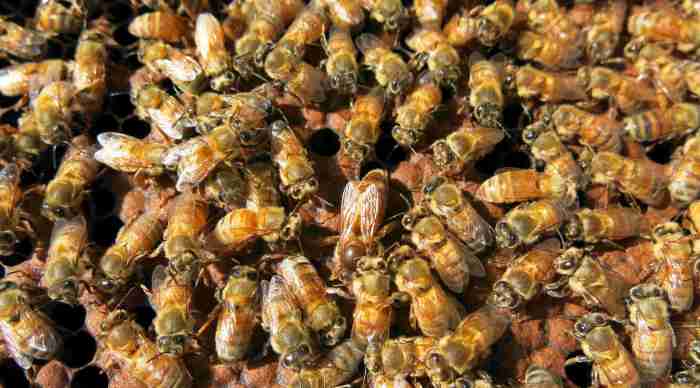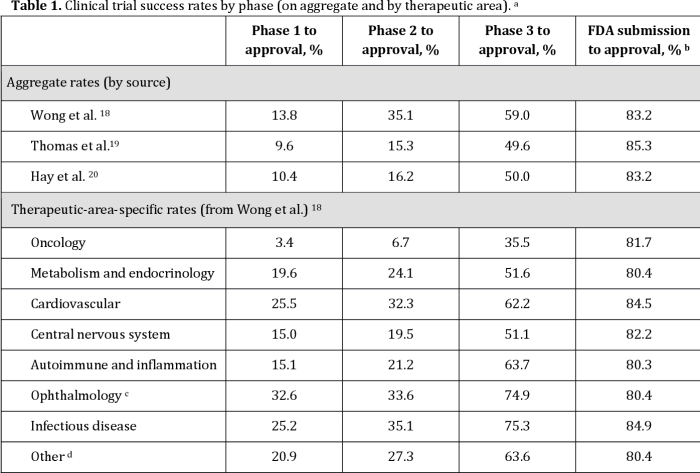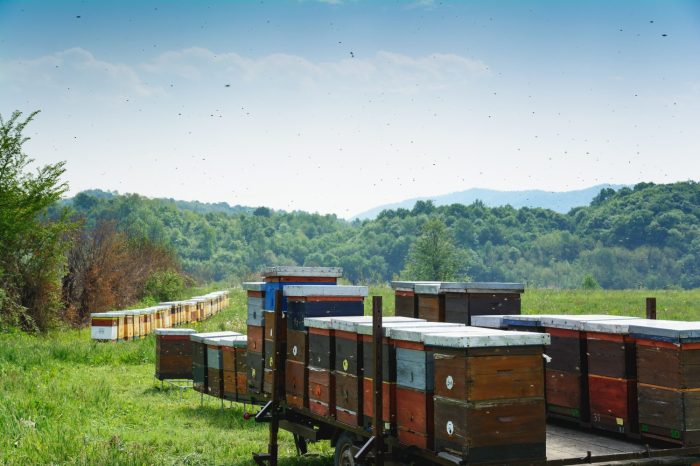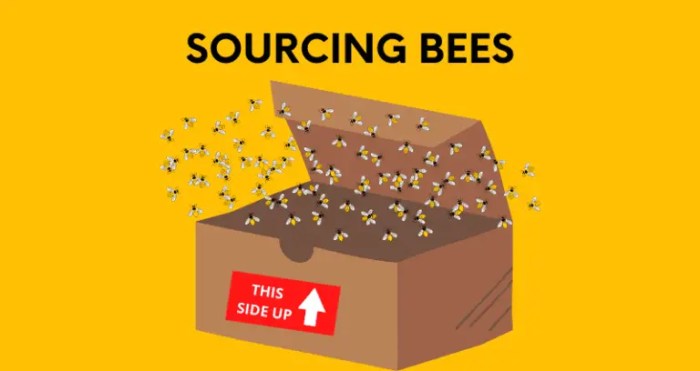The estimated investment needed for a 1000 colony bee operation is a critical consideration for aspiring beekeepers. This comprehensive guide explores the capital investment costs, operational expenses, labor costs, and other factors that influence the financial viability of such an operation, providing valuable insights for informed decision-making.
Capital investment costs include land acquisition, building and infrastructure expenses, and equipment and machinery costs. Operational expenses encompass hive maintenance, honey production, and marketing and distribution. Labor costs depend on the size, automation level, and availability of skilled workers. Additional considerations include research and development, regulatory compliance, and potential unexpected events.
Estimated Investment Needed for a 1000 Colony Bee Operation

Beekeeping is a labor-intensive industry that requires a significant investment of capital and resources. Understanding the estimated investment needed for a 1000 colony bee operation is crucial for prospective beekeepers to make informed decisions and plan for the financial implications of starting and maintaining such an operation.
This article provides a comprehensive overview of the capital investment costs, operational expenses, labor costs, and other considerations involved in running a 1000 colony bee operation.
Capital Investment Costs

The initial capital investment required for a 1000 colony bee operation can be substantial. These costs include:
Land Acquisition
The cost of land acquisition depends on the location, size, and availability of suitable land. A 1000 colony bee operation typically requires several acres of land to provide ample space for beehives, honey houses, and other infrastructure.
Building and Infrastructure
The construction of beehives, honey houses, and storage facilities is a significant expense. Beehives can range from $100 to $300 each, while honey houses and storage facilities can cost tens of thousands of dollars.
Equipment and Machinery
Extractors, uncappers, and other equipment are essential for honey production. These costs can vary depending on the size and sophistication of the operation.
Operational Expenses

Operational expenses are the ongoing costs associated with running a bee operation. These expenses include:
Hive Maintenance and Colony Management
Hive maintenance and colony management tasks include inspections, disease control, and feeding. These tasks require labor, materials, and equipment.
Honey Production
Honey production costs include harvesting, processing, and packaging. Harvesting equipment, honey tanks, and packaging materials contribute to these expenses.
Marketing and Distribution
Marketing and distribution costs include advertising, transportation, and sales commissions. These costs are necessary to reach customers and sell honey.
Labor Costs: Estimated Investment Needed For A 1000 Colony Bee Operation

Labor costs are a significant expense for a 1000 colony bee operation. The size of the operation, the level of automation, and the availability of skilled labor influence labor costs.
Labor Requirements
A 1000 colony bee operation typically requires several full-time employees. Responsibilities include hive management, honey production, and marketing.
Employee Benefits and Insurance
Employee benefits and insurance, such as health insurance, retirement plans, and workers’ compensation, add to labor costs.
Other Considerations
In addition to the capital investment costs, operational expenses, and labor costs, other considerations include:
Research and Development
Research and development costs may be incurred to improve beekeeping techniques and honey production methods.
Regulatory Compliance, Estimated investment needed for a 1000 colony bee operation
Obtaining permits and inspections for regulatory compliance can involve costs.
Unexpected Events
Disease outbreaks, natural disasters, and other unexpected events can result in additional expenses.
Detailed FAQs
What are the major capital investment costs involved?
Land acquisition, building and infrastructure expenses (beehives, honey houses, storage facilities), and equipment and machinery costs (extractors, uncappers, etc.)
How much do operational expenses typically amount to?
Varies based on factors such as hive maintenance, honey production (harvesting, processing, packaging), and marketing and distribution (advertising, transportation, sales commissions)
What factors influence labor costs?
Size of operation, level of automation, availability of skilled labor, and potential employee benefits and insurance costs